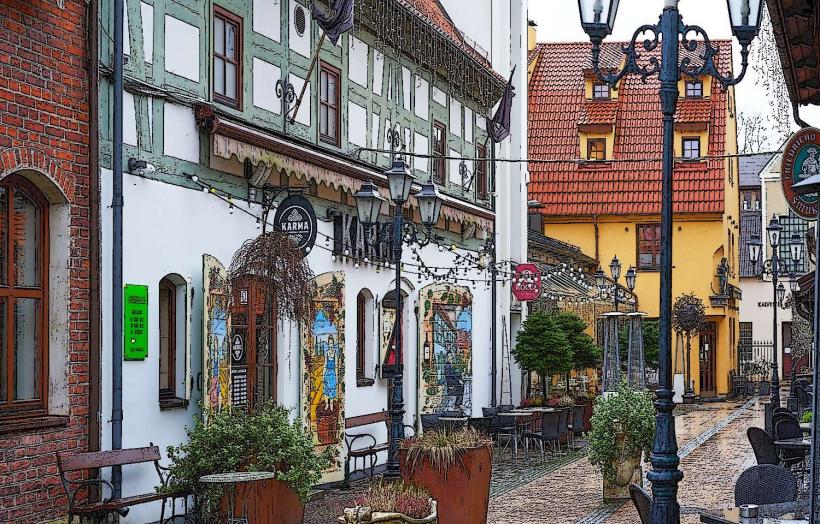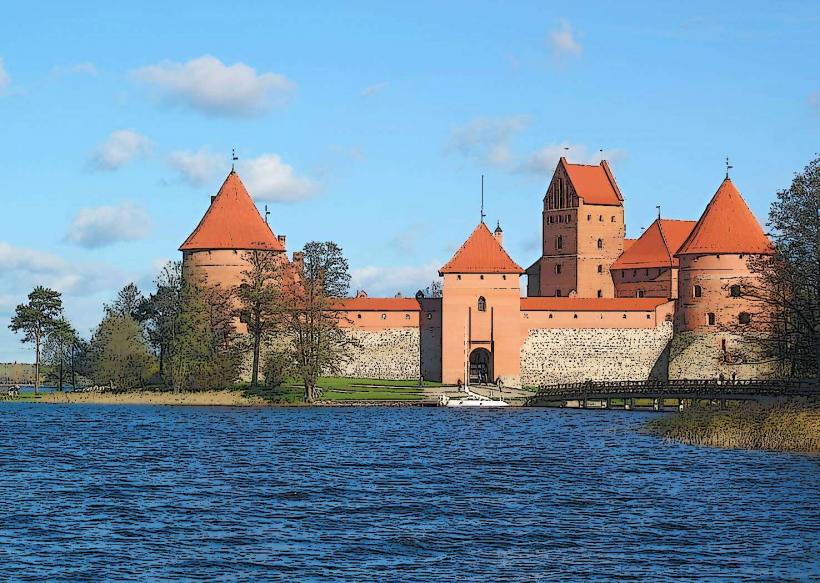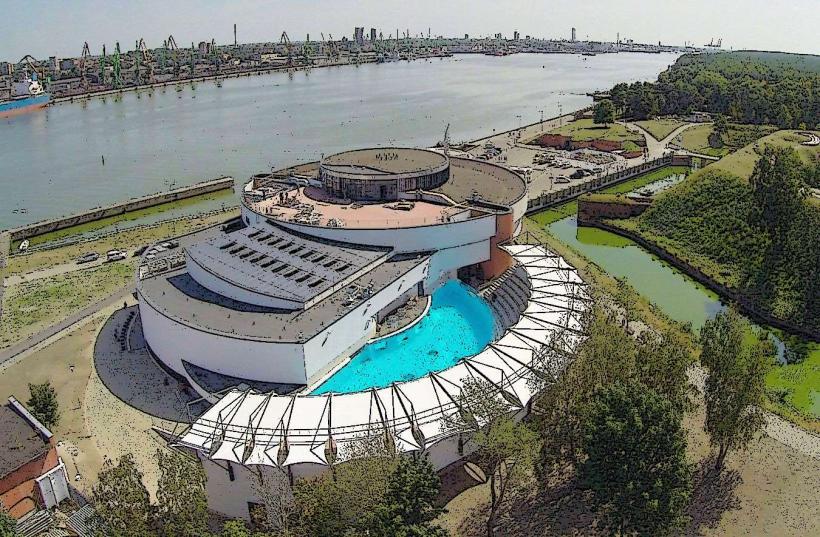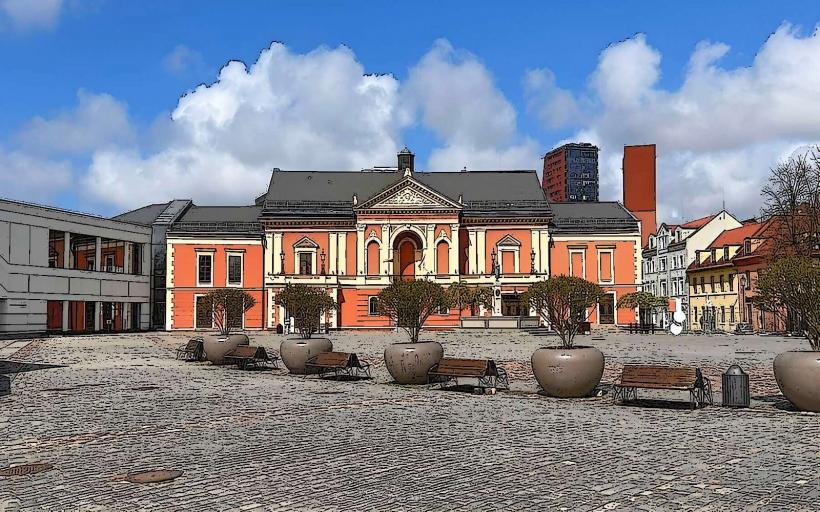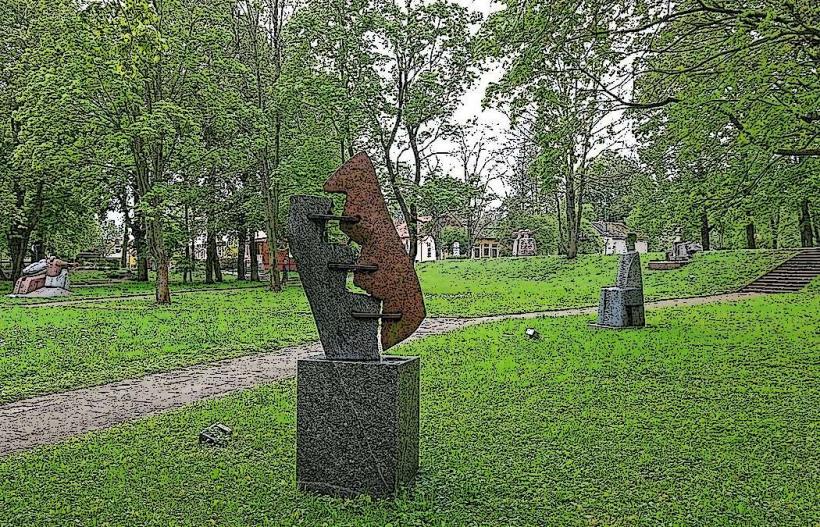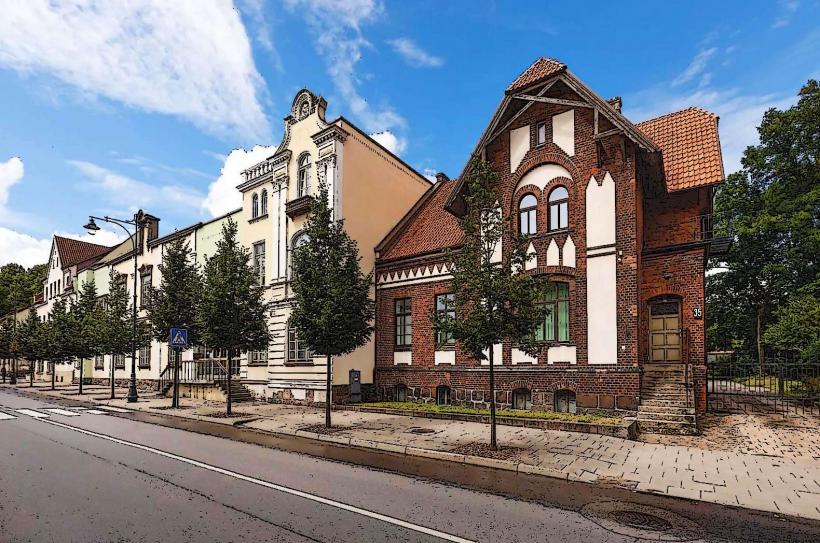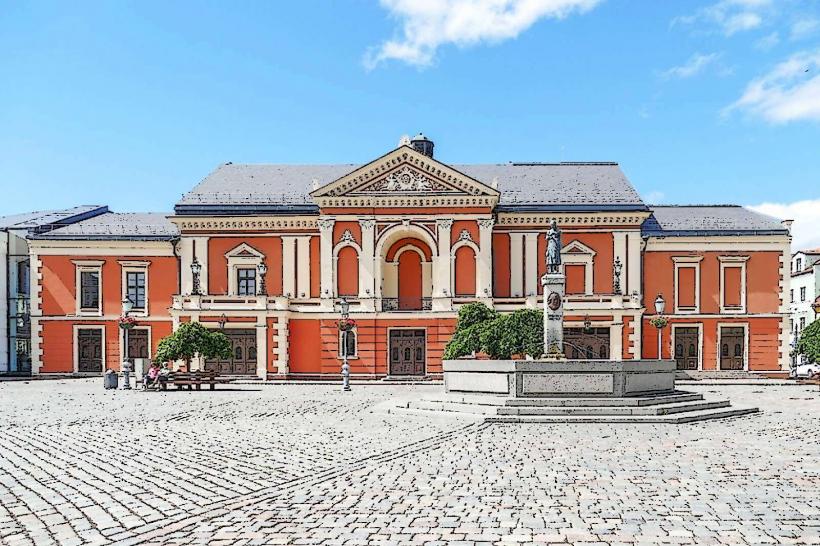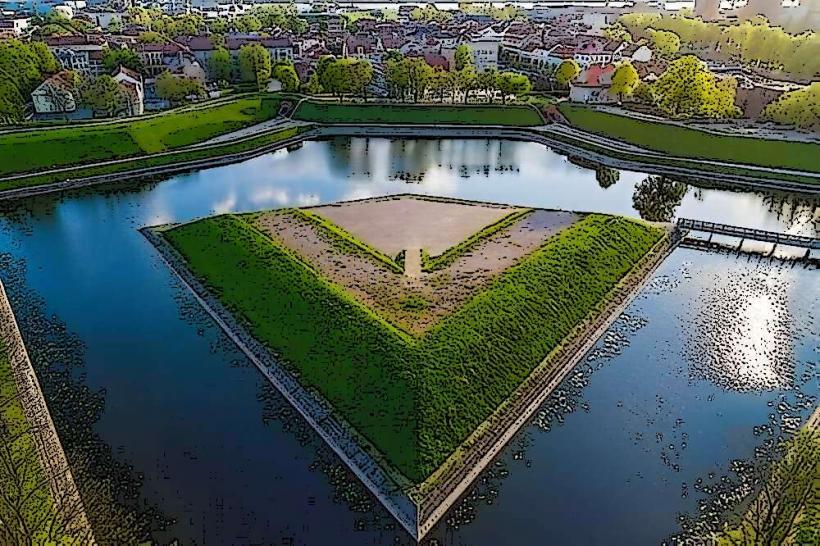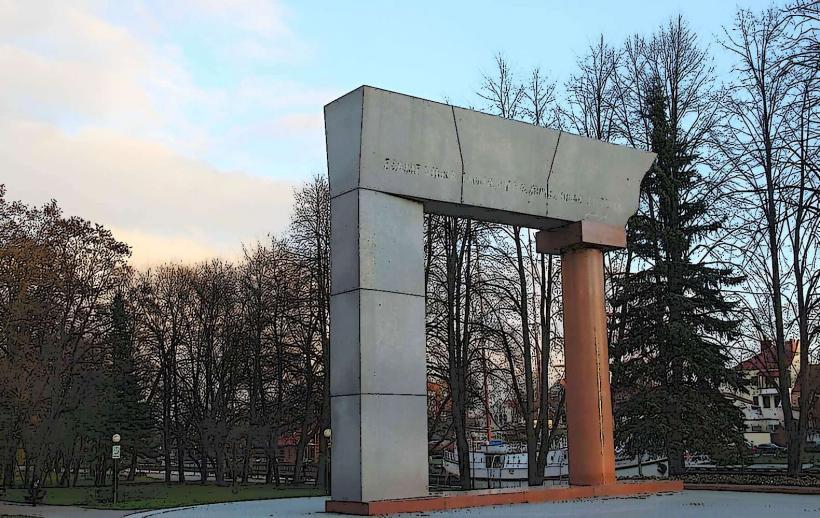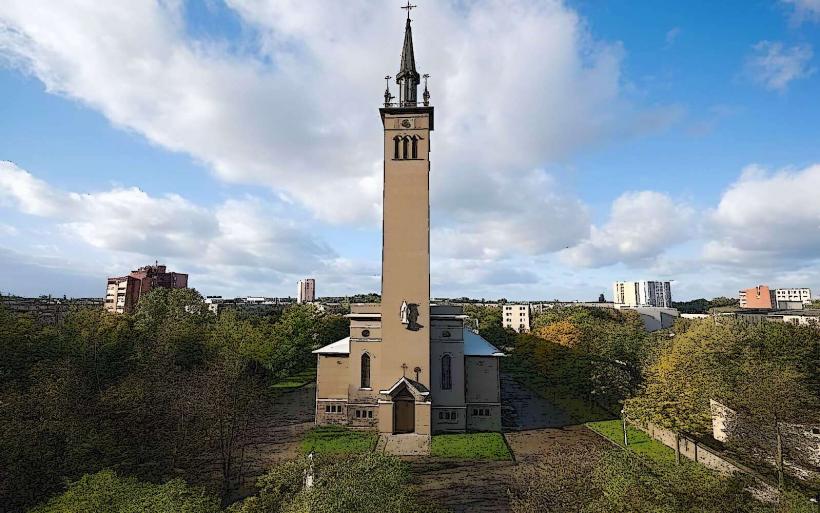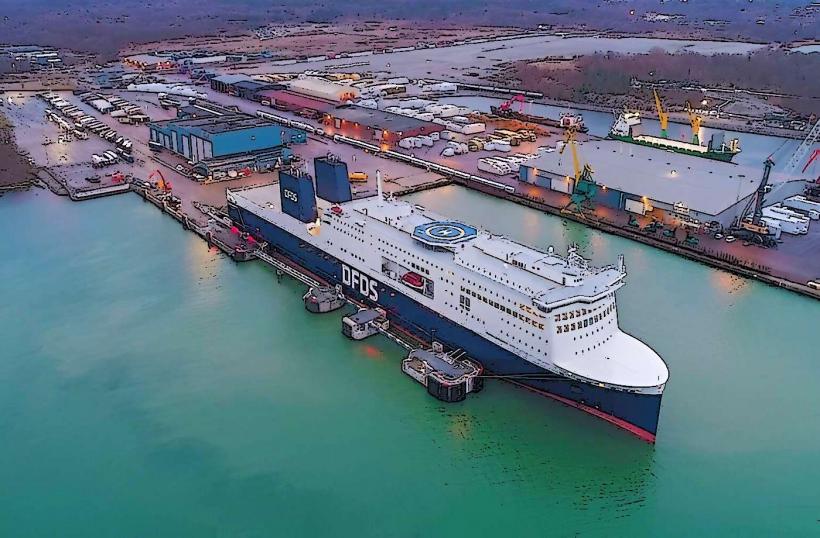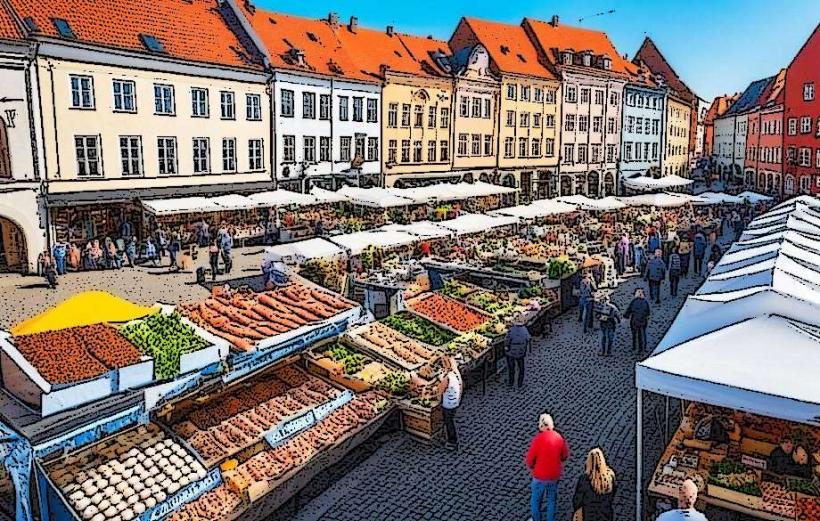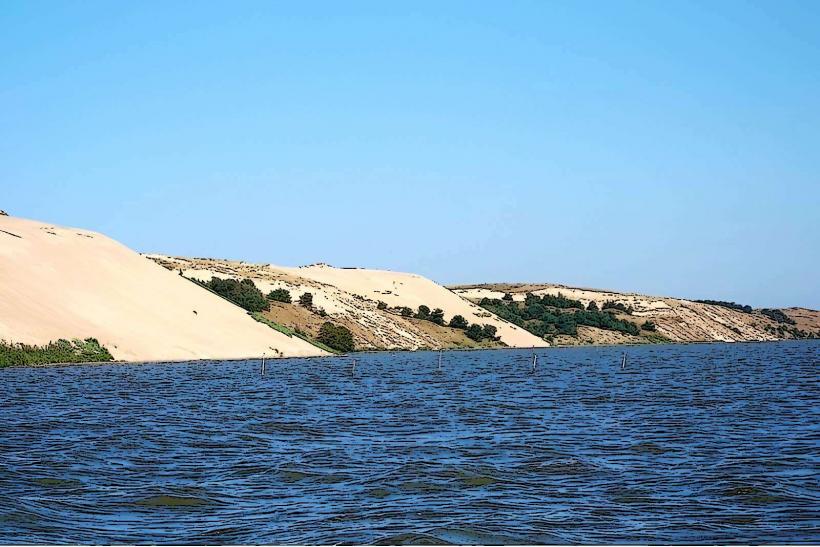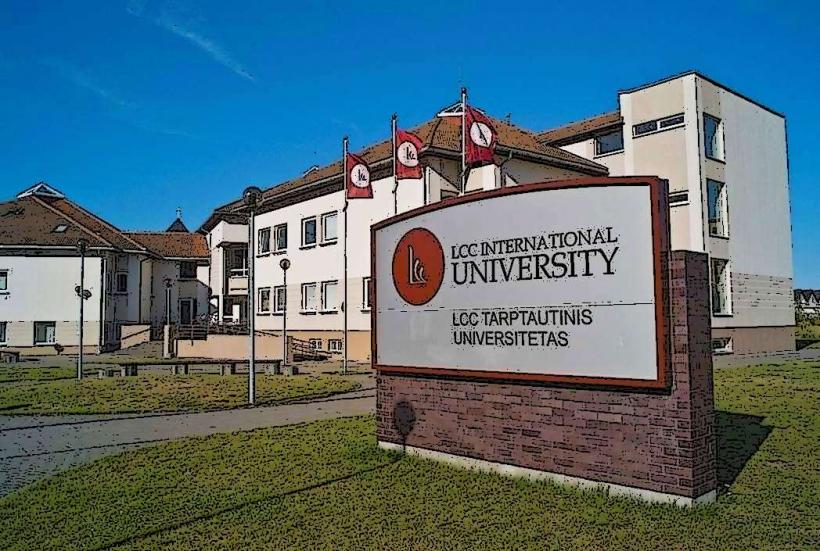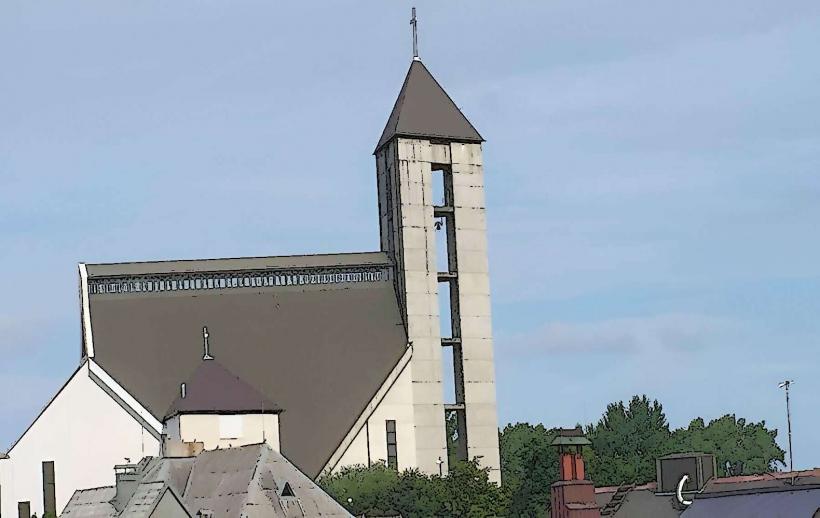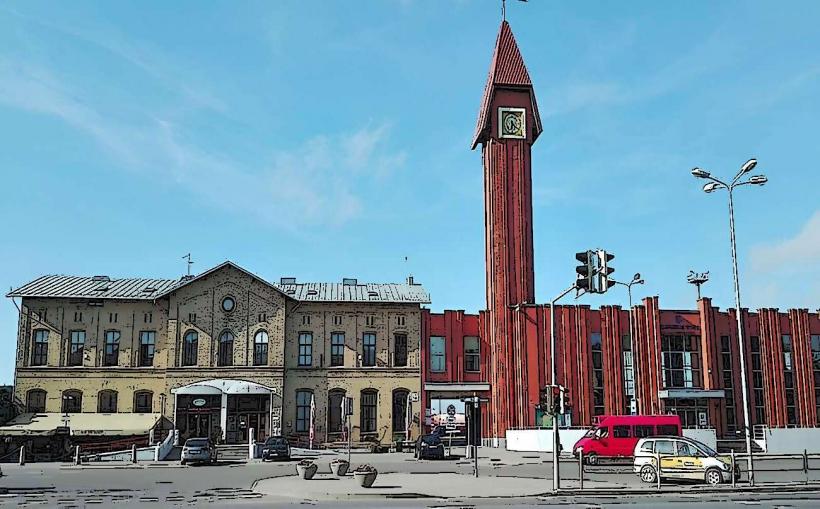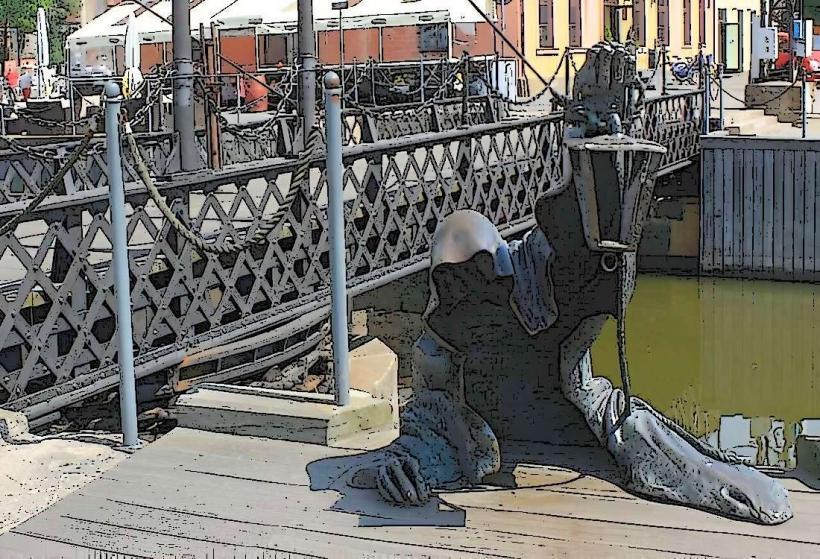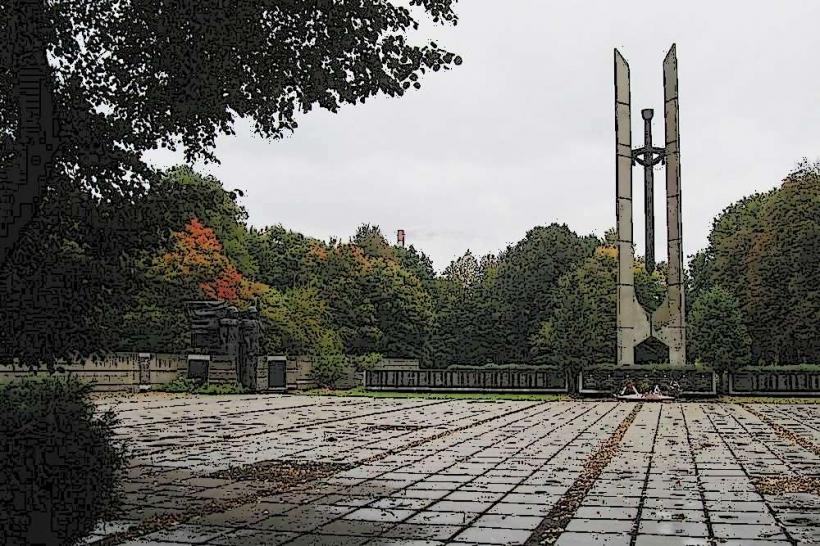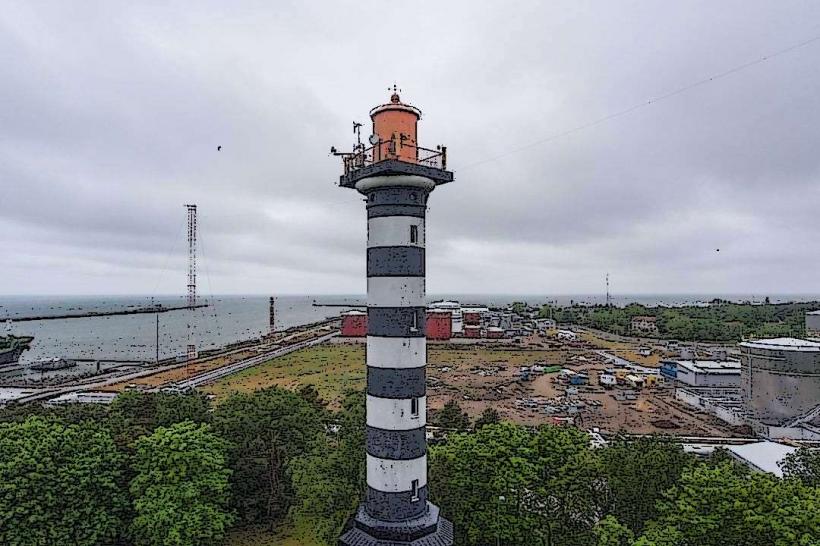Information
Landmark: Clock MuseumCity: Klaipeda
Country: Lithuania
Continent: Europe
The Clock Museum (Laikrodžių muziejus) in Kaunas, Lithuania, is a unique and fascinating museum dedicated to the history of timekeeping and the evolution of clocks. It is one of the most specialized museums in the country and offers a deep dive into the development of clocks, watches, and time measurement tools throughout history. The museum is located in a historic building in the Old Town of Kaunas, further adding to the charm of the experience.
Overview:
Location: The Clock Museum is situated in the heart of Kaunas Old Town, in a beautiful 18th-century building that was originally a merchant house. The museum's location adds a historical layer to its exhibits, as the surrounding area is steeped in the history of the city itself.
Establishment: The museum was opened in 1972 and has since become an important part of Kaunas' cultural heritage. It was founded by the renowned Lithuanian clock collector and historian Tomas Vaitkevičius, who donated much of his personal collection to the museum.
Collections and Exhibits:
The museum's exhibits cover a wide range of historical timepieces, from ancient tools for measuring time to sophisticated modern clocks and watches. The museum has an impressive collection of over 4,000 exhibits, many of which are rare and valuable.
1. Historical Clocks:
- The museum’s core collection focuses on antique clocks from various historical periods, including the medieval and Renaissance eras. Visitors can explore wall clocks, grandfather clocks, table clocks, and mantel clocks from different countries and regions, each with its own distinct design and craftsmanship.
- The museum showcases the development of clock mechanisms, from early water clocks and sundials to the first mechanical clocks powered by weights and gears.
2. Watch Collection:
- The museum features an extensive collection of watches, ranging from early pocket watches to more modern wristwatches. The collection includes timepieces from renowned European watchmakers and highlights the evolution of portable timekeeping.
- Visitors can see pocket watches from the 17th century, as well as examples of luxury watches from the 20th century, showcasing the artistry and technological advancements in watchmaking.
3. Clocks from Different Cultures:
- The museum also features a collection of clocks and timepieces from different parts of the world, such as Asia, America, and the Middle East. This section of the museum provides insight into how various cultures approached the concept of time and developed their own methods of measurement.
- Some of the exhibits also include mechanical timepieces used in astronomy, navigation, and other scientific fields, showing how timekeeping influenced different areas of human progress.
4. Industrial and Modern Clocks:
- In addition to antique timepieces, the museum houses industrial clocks and early 20th-century innovations in clockmaking. There are examples of factory clocks, railway station clocks, and public clocks, which were designed for mass production and used to standardize timekeeping across communities.
- The museum’s collection also includes more contemporary timepieces, such as modern wall clocks and wristwatches, illustrating how the design and functionality of clocks have evolved into the digital age.
5. Timekeeping Mechanisms:
- The museum delves into the mechanics of timekeeping, showcasing various movements and mechanisms used in clocks and watches. It features examples of pendulum clocks, balance wheel movements, and chronometers.
- One of the highlights is the astronomical clock exhibit, which explains the relationship between timekeeping and astronomy, with exhibits that demonstrate how clocks have been used to track celestial events and movements of the stars.
Notable Exhibits:
- The museum features a unique clock tower with a fully functioning mechanical movement, which allows visitors to see how larger public clocks are operated and maintained.
- The "Clockmaker's Workshop" exhibit showcases the tools used by craftsmen in the process of creating and repairing timepieces.
- Special Exhibitions: The museum often organizes temporary exhibits, such as clockmaker workshops, clock repair demonstrations, and exhibitions that explore specific themes or periods in the history of timekeeping.
Educational and Interactive Aspects:
- Workshops and Demonstrations: The museum regularly hosts workshops and demonstrations, allowing visitors to see clockmakers at work, learn how to repair and maintain clocks, and understand the intricacies of clock mechanisms.
- Guided Tours: The museum offers guided tours for those interested in learning more about the history and mechanics of timekeeping. These tours often delve into the historical significance of different types of clocks and watches.
Visitor Experience:
- The museum provides a hands-on experience, where visitors can interact with some of the exhibits and even try their hand at using certain timekeeping devices. The interactive nature of the museum makes it especially appealing to both children and adults interested in science and history.
- The museum’s setting in Kaunas Old Town adds a historic ambiance to the visit, with its architecture and nearby streets offering a glimpse into the city’s past.
Conclusion:
The Clock Museum in Kaunas is a must-visit for anyone interested in the history of timekeeping, horology, or the evolution of clocks and watches. Its vast collection of antique clocks, modern timepieces, and interactive exhibits offers a unique opportunity to explore the art and science of measuring time across cultures and centuries. Whether you're a history enthusiast, a watch collector, or simply curious about the role time has played in shaping human society, the Clock Museum provides an enriching and fascinating experience.

